Description
Aperçu
The Meatmaster is a hardy, fast-growing South African sheep breed specifically developed for high-quality meat production under tough conditions. It is a composite breed, created by crossing indigenous fat-tailed sheep (such as the Damara) with breeds like the Dorper and other European meat breeds. Meatmasters are prized for their excellent carcass quality, low maintenance, disease resistance, and ability to thrive in arid and semi-arid environments.
Origine
The Meatmaster was developed in South Africa in the late 1990s and early 2000s in response to the need for a low-input, highly productive meat sheep. Breeders focused on combining the hardiness and parasite resistance of native breeds with the superior meat characteristics of commercial meat sheep.
Caractéristiques
Taille et construction
Meatmasters are medium to large sheep with a strong, well-muscled frame and a deep, broad body, ideal for meat production.
-
Poids:
-
Ewes: 150–200 pounds (68–90 kg)
-
Rams: 200–260 pounds (90–118 kg)
-
-
Hauteur:
-
Ewes: ~26–30 inches (66–76 cm) at the withers
-
Rams: Slightly taller
-
Robe et couleur
Meatmasters have short coats that shed naturally, requiring no shearing. Coat colors vary widely and include white, brown, red, black, and spotted combinations.
Caractéristiques distinctives
-
Fat tail or semi-fat tail (depending on lineage)
-
Strong legs and good walking ability
-
Wide variety of coat patterns
-
Drooping ears or semi-pendulous ears (depending on genetics)
Production de viande
Meatmasters are known for producing lean, tender meat with a high dressing percentage. Lambs grow quickly on pasture alone and reach market weights efficiently.
-
Qualité de la carcasse : High yield, fine-grained meat
-
Market lamb weight: 80–110 pounds (36–50 kg) by 4–6 months
Tempérament
Meatmasters are docile, easy to handle, and show excellent mothering ability. They have a long breeding season, high fertility rates, and lambs are vigorous at birth.
Caractéristiques principales :
-
High fertility and mothering ability
-
Low maintenance (no shearing, strong disease resistance)
-
Heat and drought tolerant
-
Excellent grazing ability
Utilisations
-
Production de viande : Primary commercial use
-
Croisement: Often used to improve hardiness and meat yield in other flocks
-
Land management: Robust grazers suited for poor forage conditions
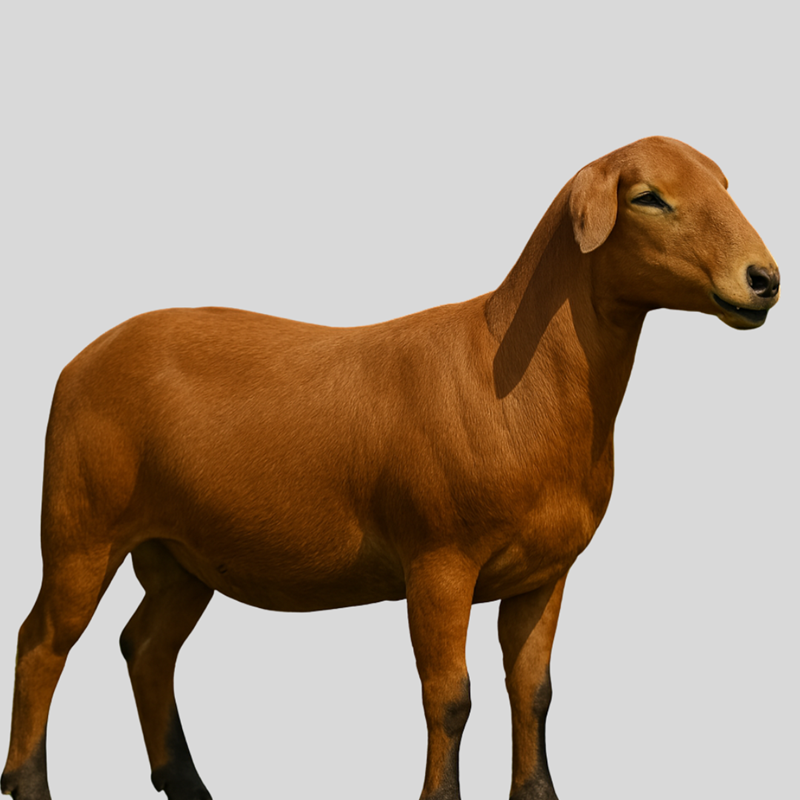
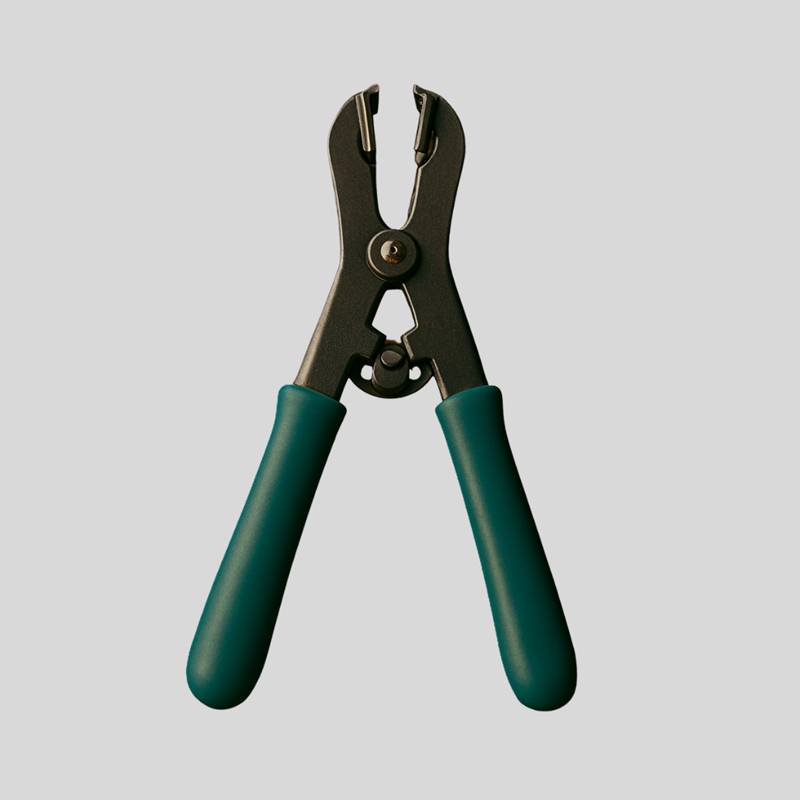
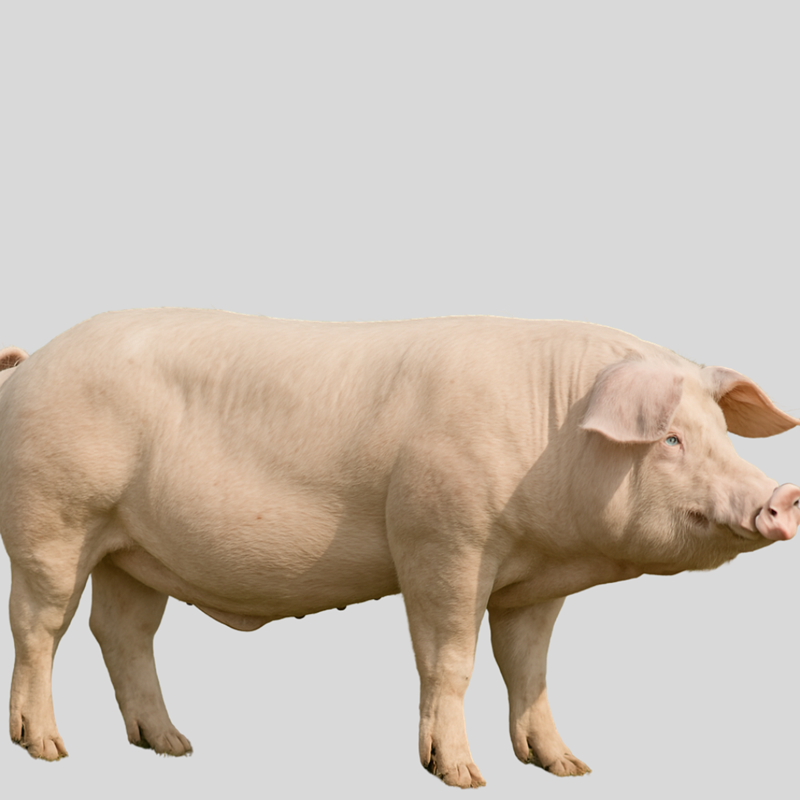
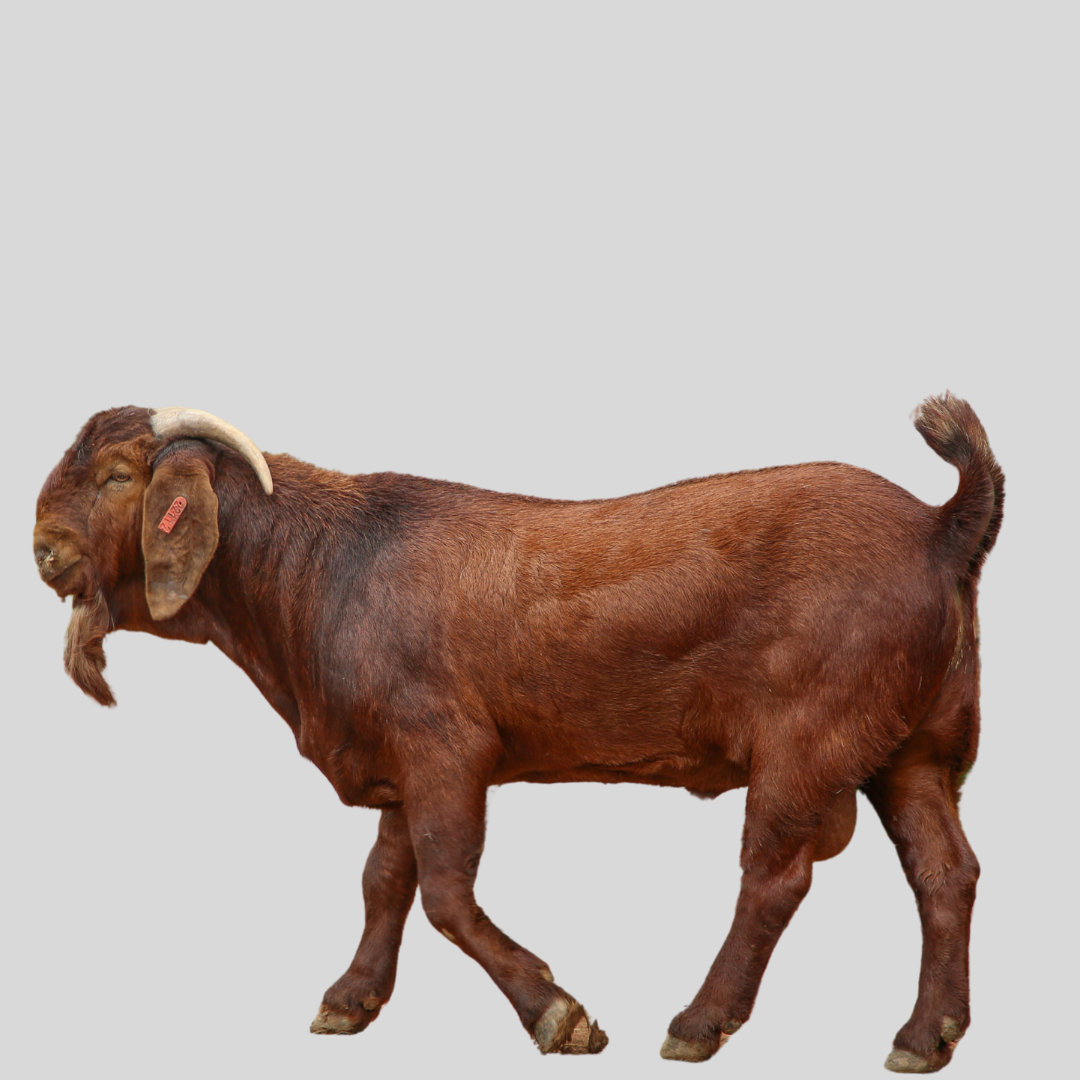
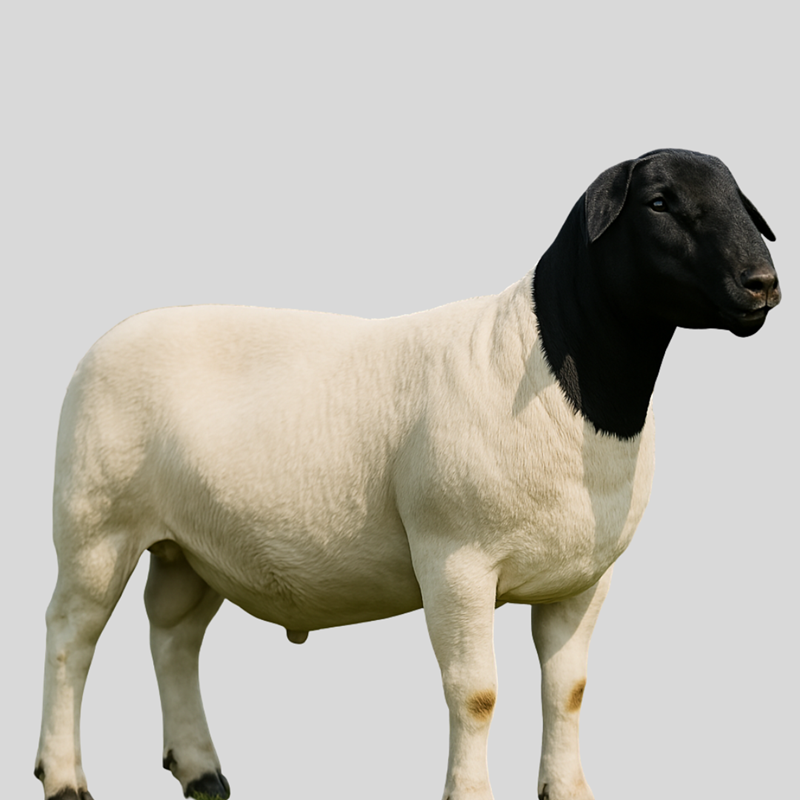
Avis
Il n'y a pas encore d'avis.